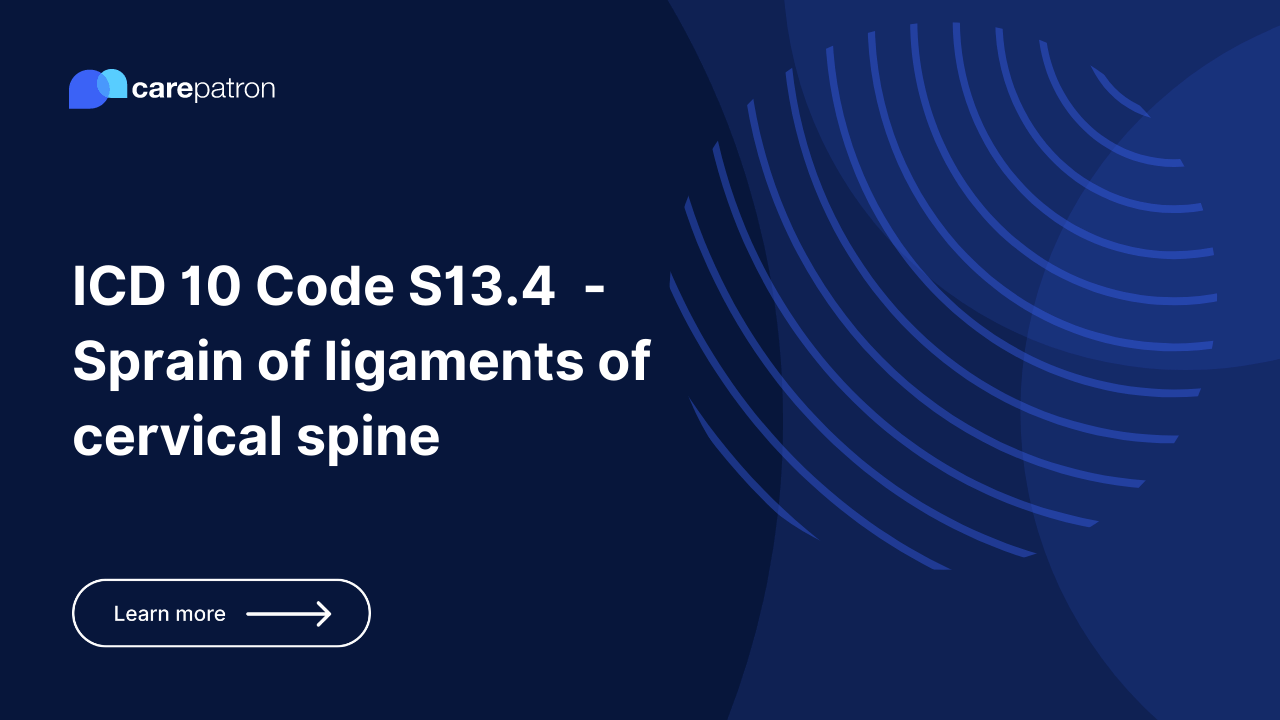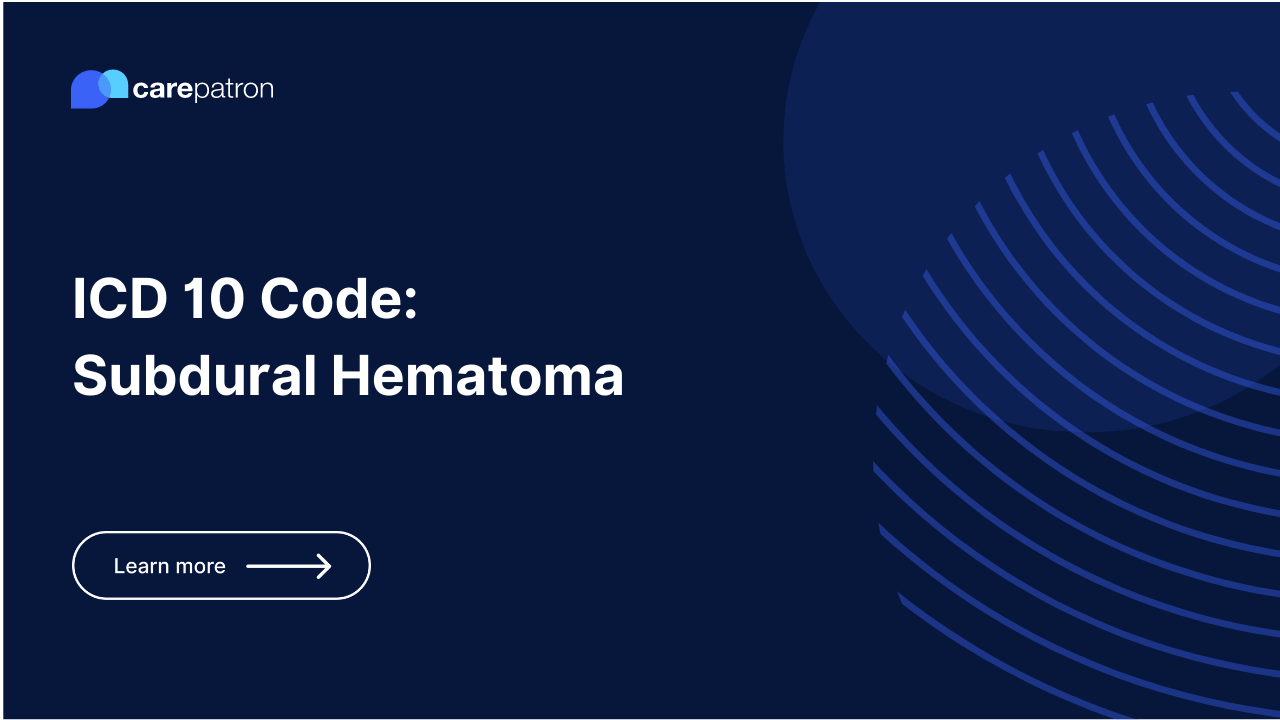XIX: Injury, poisoning and certain other consequences of external causes (S00-T88)
Join 10,000+ teams using Carepatron to be more productive
XIX: Injury, poisoning and certain other consequences of external causes (S00-T88)
The ICD-10 category "Injury, poisoning, and certain other consequences of external causes" (S00-T88) is a comprehensive framework meticulously designed to classify and code a wide range of injuries, poisonings, and other health issues resulting from external causes such as accidents, falls, and toxic exposures. ICD 10 guides within this category are indispensable for ensuring precise coding and comprehensive documentation of conditions related to external causes. ICD 10 guides provide extensive information on the subcategories within this classification. For instance, subcategories S00-S09 encompass injuries to the head, while T36-T50 cover toxic effects of substances chiefly nonmedicinal as to source. These guides are critical tools for precise classification, enabling accurate tracking and reporting of complex conditions resulting from external causes. They assist healthcare providers in identifying the specific injury or poisoning, its severity, and potential treatment options. Furthermore, ICD 10 guides within this category play a pivotal role in advancing injury and poisoning research, enabling researchers to study the prevalence, mechanisms, and outcomes of various external cause-related conditions. Accurate coding also supports healthcare management by ensuring that individuals with injuries, poisonings, or other consequences of external causes receive appropriate care and interventions tailored to their specific condition. Additionally, precise coding in this category has significant implications for public health. It enables health agencies to monitor trends in injuries, poisonings, and external cause-related conditions, implement preventive measures such as safety campaigns and injury prevention strategies, and allocate resources effectively to address the substantial burden of conditions resulting from external causes. Timely and accurate coding ensures that patients receive prompt evaluation and appropriate management for their specific external cause-related conditions, ultimately improving their health outcomes and reducing the societal impact of injuries and poisonings.
Commonly asked questions
The ICD-10 category "Injury, poisoning and certain other consequences of external causes" is coded as S00-T88. It covers a wide range of conditions related to injuries, poisonings, and other effects of external factors.
The ICD-10 category "Injury, poisoning and certain other consequences of external causes" includes numerous individual codes, addressing various injury-related and poisoning-related conditions.
Commonly used codes in this category can vary depending on specific injury and poisoning conditions. Some frequently encountered codes include S72 (Fracture of femur), T40 (Poisoning by narcotics and psychodysleptics), and T14 (Injury of unspecified body region).











.png)
.png)